From September 13 to November 13, 2025, the Exhibition Hall of theAccademia delle Arti del Disegno in Florence hosts the exhibition Slavko Kopač. The Hidden Treasure. Informal Art, Surrealism, Art Brut, curated by Roberta Trapani and Pietro Nocita. This is the first major Italian retrospective dedicated to the French-Croatian artist Slavko Kopač (1913-1995), a central figure of the Compagnie de l’Art Brut and the first curator of the Collection de l’Art Brut founded by Jean Dubuffet. The exhibition marks the artist’s return to Florence, eighty years after his 1945 solo show at Galleria Michelangelo, to rediscover a production as original as it is complex. Appreciated by figures such as André Breton, Jean Dubuffet and Michel Tapié, Kopač was able to embody the innovative and interdisciplinary spirit of an era that, from the ruins of war, sought new forms of cultural rebirth.
Significant works such as Graffiti (1949), a manifesto of his poetics that anticipates later aesthetic experiments, and Horses (1948), a painting from the Florentine period in which one can already glimpse his interest in rock and parietal art, rendered through a visionary stylistic cipher, stand out among the more than 100 works on display. Also present are the material canvases of the 1960s, such as The Twins and Werewolf, along with works that reflect his constant fascination with the female archetype, understood as a generative and protective force. In this context is the Maternity series, of which an intense ink and pastel drawing on paper has been chosen as the exhibition’s guiding image.
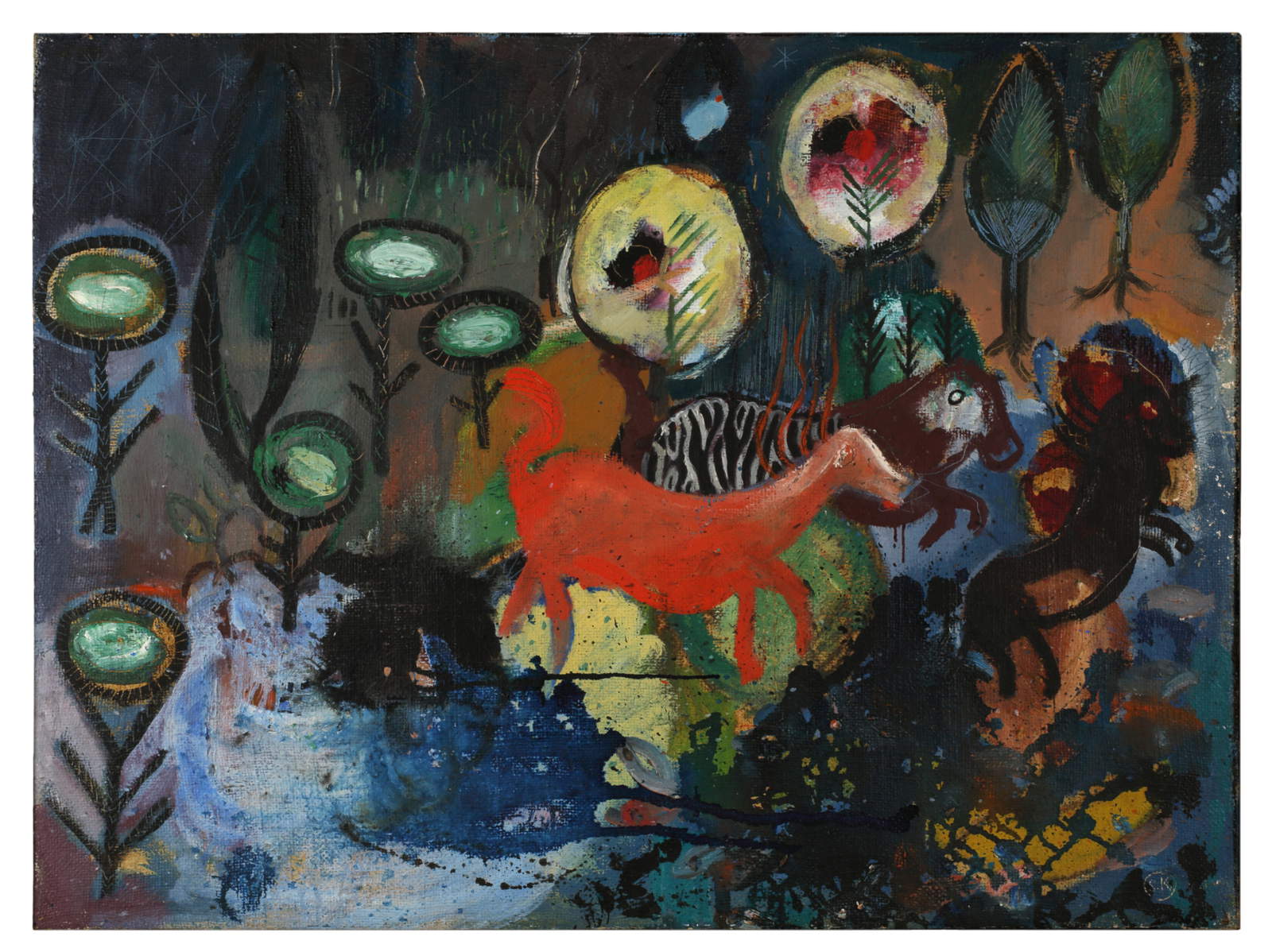
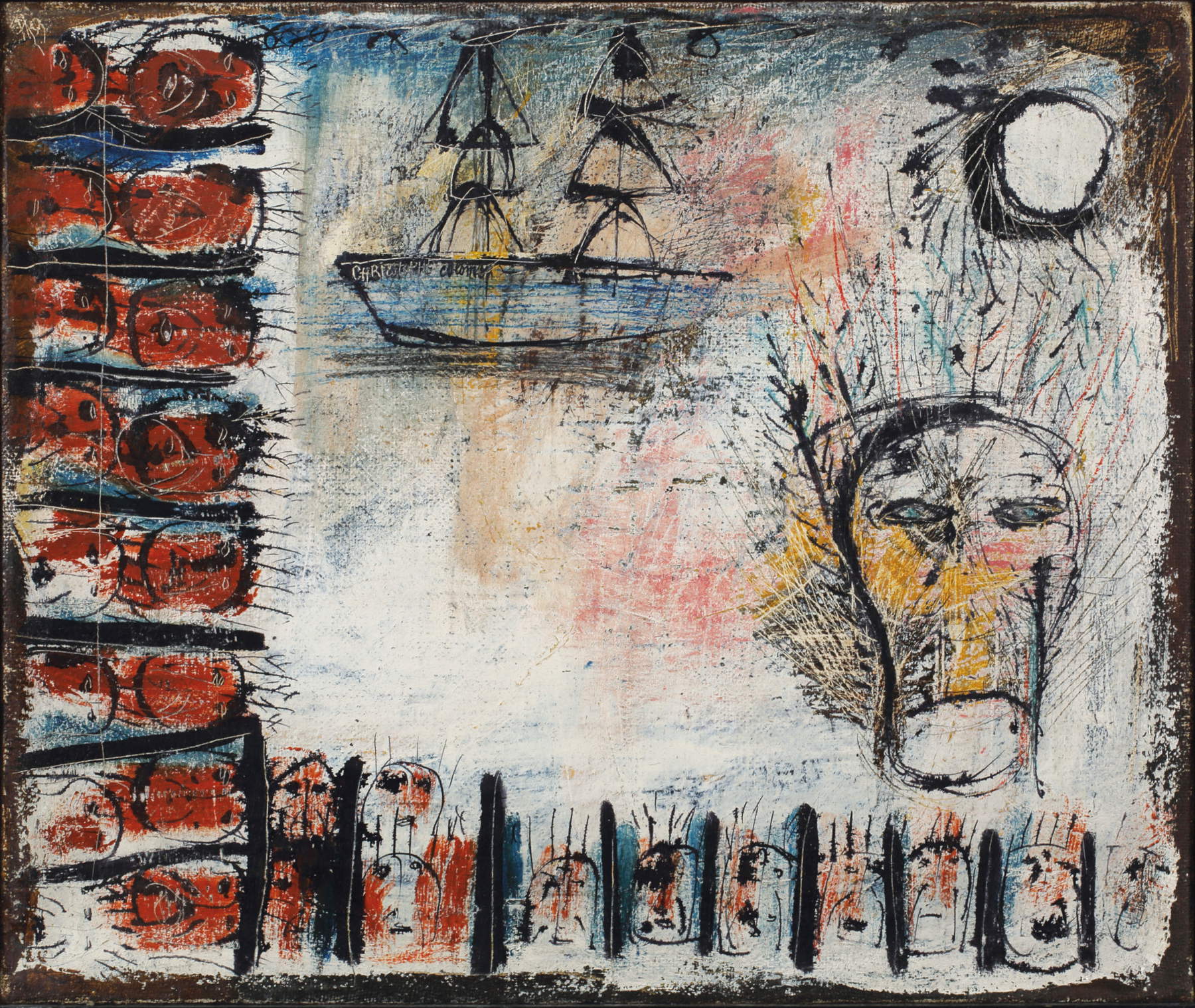
The exhibition revolves around two key moments: the Florentine period (1943-1948), marked by conflict and reconstruction, in which Kopač developed a personal language that earned him rapid international recognition; and the Parisian period, where he became a leading figure between Surrealism, Informalism and art brut-the latter not practiced directly, but strenuously defended and promoted by him.
In Paris, in the summer of 1948, his meeting with Jean Dubuffet marked the beginning of a long collaboration: Kopač joined the Compagnie de l’Art Brut project, to which he devoted himself until the opening to the public, in 1976, of the Collection de l’Art Brut in Lausanne. In the same years he became linked to André Breton, who appreciated his imaginative and symbolic universe and included him in the Surrealist circle. In 1949 he illustrated Breton’s poem Au regard des divinités, published in a limited edition with the author’s calligraphy and original drawings; in 1953 he exhibited at the À l’Étoile Scellée gallery, and the following year he produced a four-handed poem-object with Breton, a testament to their artistic partnership. Despite intense relations with the Surrealists, Kopač always maintained an autonomous position, without formally joining the group.
In 1952, Michel Tapié included him in the famous essay Un Art Autre, recognizing him among the protagonists of the new informal sensibility, alongside Fautrier, Wols, Michaux, Burri, de Kooning, Soulages and Dubuffet. An artistic tendency that, in the postwar climate, felt the urgency to reset codes, returning to the instinctive and primordial roots of the creative gesture. Through a wide range of oils, drawings, watercolors, artist’s books, visual poems, collages, assemblages and ceramics, works spanning the postwar period to the 1960s, the exhibition thus recounts the poetic and visionary universe of Slavko Kopač.
An independent artist by vocation, he explores painting, drawing and sculpture with absolute freedom, experimenting with heterogeneous materials and innovative formal solutions. His language, in constant metamorphosis, stems from spontaneous impulses and lyrical tensions, giving rise to hybrid forms that evoke an archaic and universal imagery: a search for art as an original gesture, free of filters and conventions.
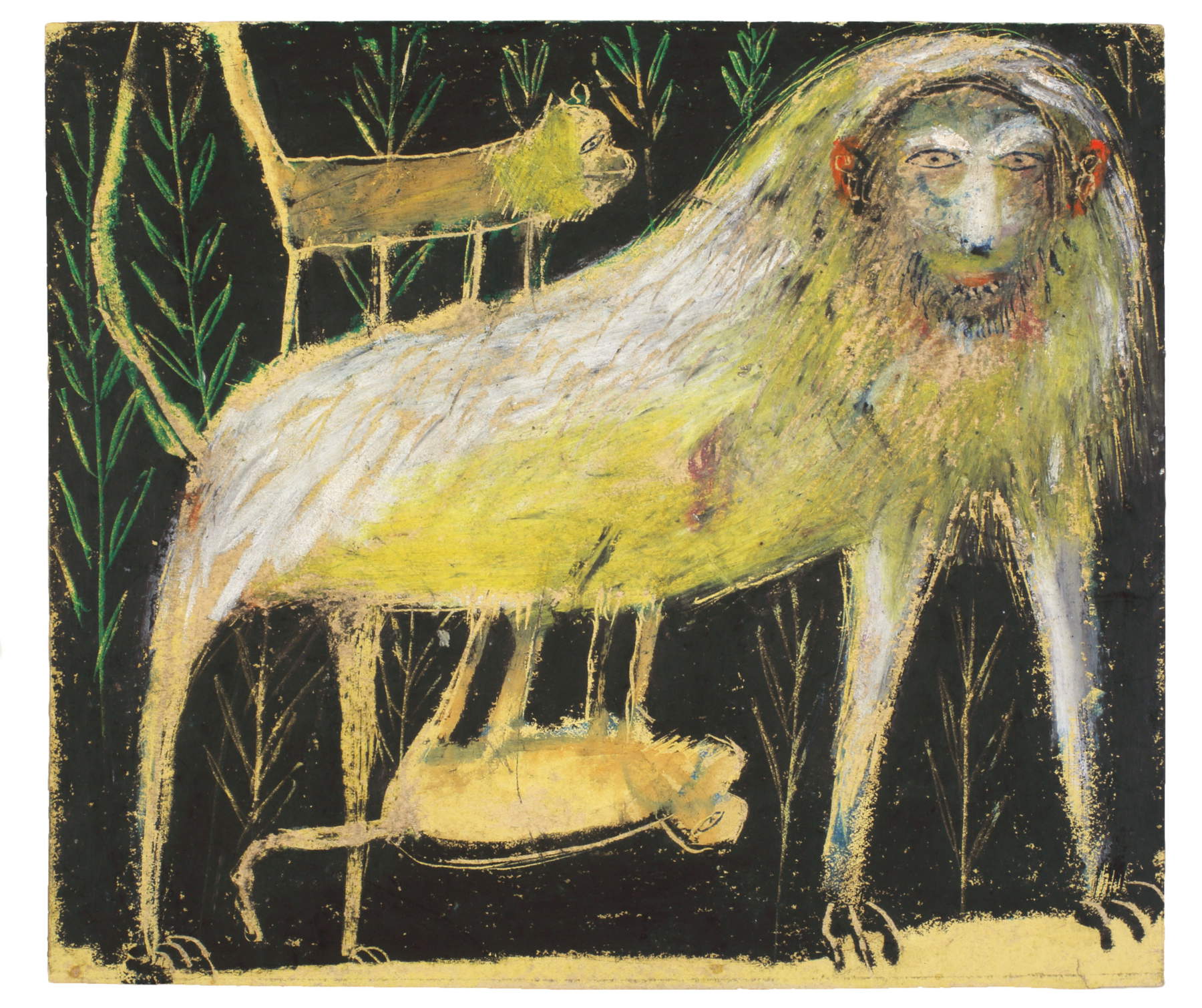
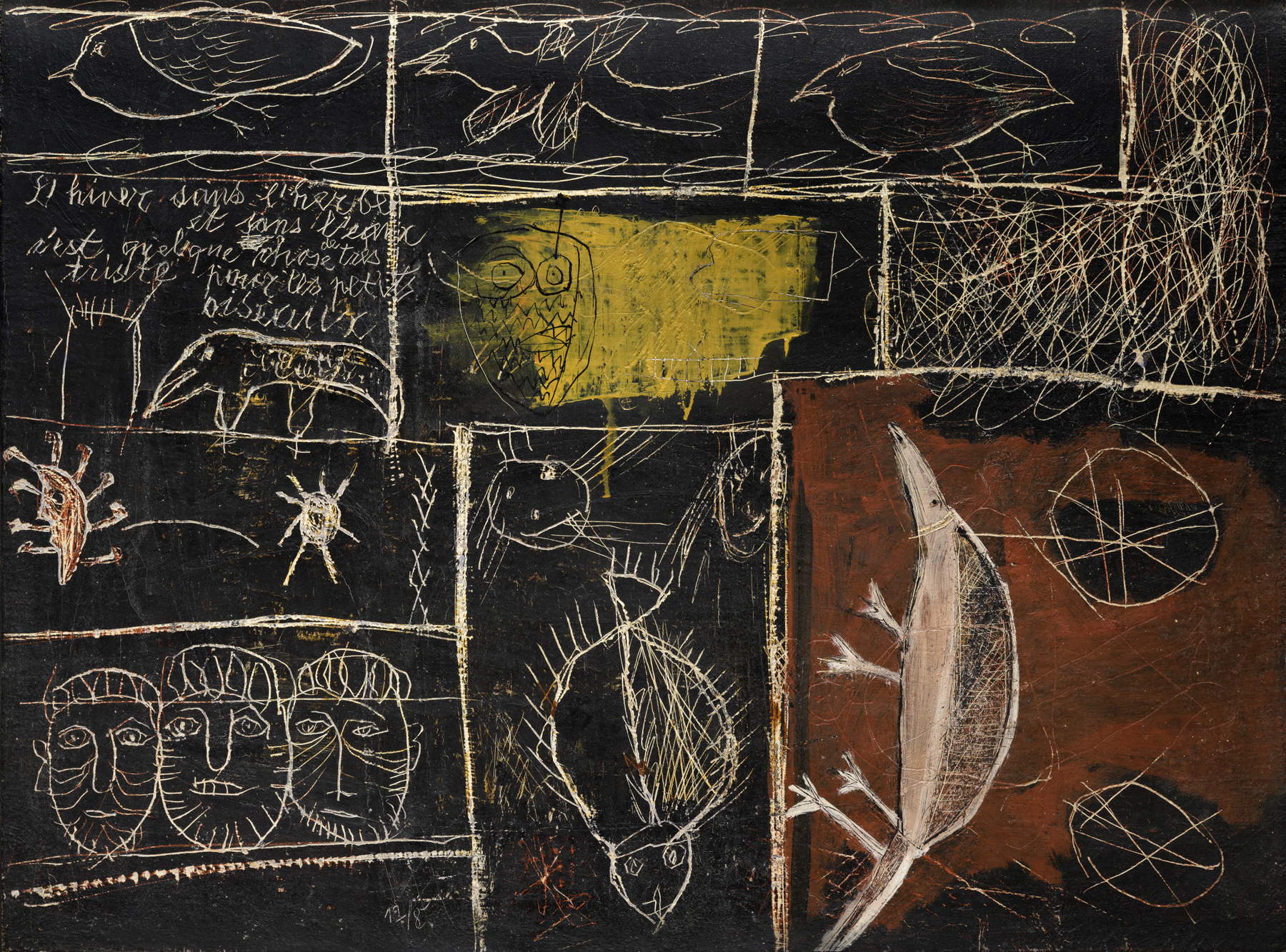
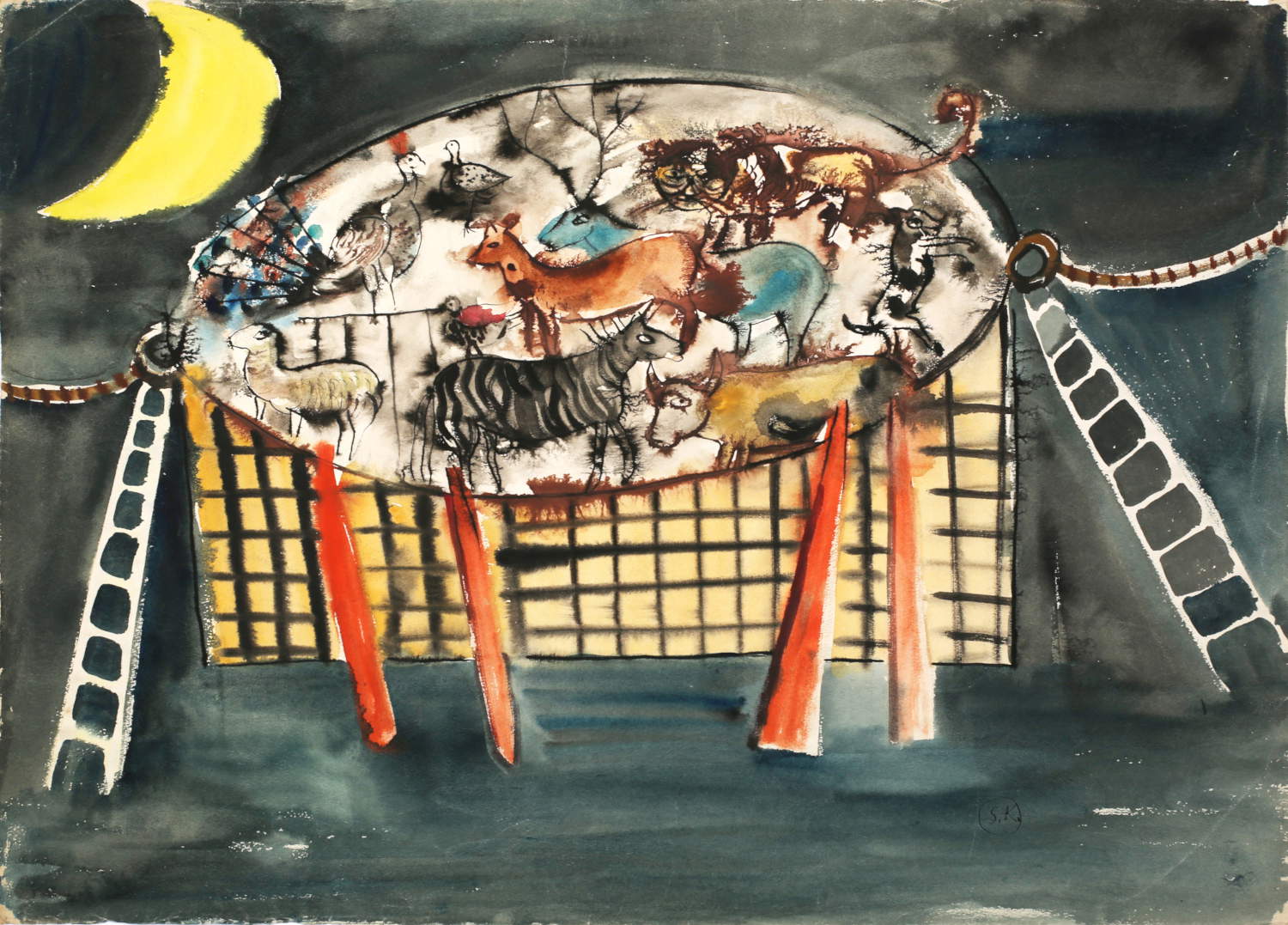
Alongside his works, the exhibition presents archival documents and works by artists and intellectuals who influenced and accompanied him, including Jean Dubuffet, Jean Paulhan, Cesare Zavattini, Michel Tapié, André Breton-who kept some of Kopač’s works in his collection-and Giordano Falzoni (1925-1998), a multifaceted artist and critic. It was Falzoni, in his early twenties, who introduced the Dubuffet debate in Italy with articles published in Il Mondo Europeo (1947) and Les Cahiers de la Pléiade (1948), becoming the Italian correspondent of the Compagnie de l’Art Brut. He is credited with the entry into the Italian cultural scene of the notions of Art Brut and Art Informel, as well as the valorization in France of the idea of homo ludens as the interpretive key to art: decisive tools not only for understanding Kopač’s work, but also for interpreting the radical transformations that marked postwar art.
On the occasion of the exhibition SLAVKO KOPAČ. The Hidden Treasure. Informal Art, Surrealism, Art Brut the monographic volume of the same name, edited by Roberta Trapani, will be published. The book, which features a preface by Bernard Blistène - honorary director of the Centre Pompidou and promoter of the acquisition of twelve of Kopač’s works for the Parisian museum’s collection - will be presented in Florence on Oct. 17 during a study day hosted by the Museo Novecento and the French Institute. The authors of the essays collected in the volume will speak at the meeting: Michele Amedei (University of Pisa), Katherine Conley (The College of William & Mary, Virginia), Déborah Lehot-Couette (Fondation Dubuffet), Fabrice Flahutez (Institut Universitaire de France), Pauline Goutain (Muséand Roger Quillot, Clermont-Ferrand), Luca Macchi (Academy of the Arts of Design), Kent Mitchell Minturn (Columbia University, New York), Pietro Nocita, Susanna Ragionieri (ABAFI), Roberta Serpolli (Ca’ Foscari University, Venice), and the curator herself. The volume, published by 5 Continents Editions, is published in three languages: Italian, English and French.
The publication, like the exhibition, is made possible thanks to the support of the ArtRencontre Association - Pula, Tamara and Kristijan Floričić, Maja Ivić.
The exhibition, produced under the patronage of the Croatian Ministry of Culture, the Region of Tuscany and the City of Florence, is promoted and organized by the Accademia delle Arti del Disegno, ArtRencontre and the Kopač Committee Association, in collaboration with Museo Novecento Firenze, Accademia di Belle Arti di Firenze, Institut Français Firenze, BBS Pro and MUS.E Firenze.
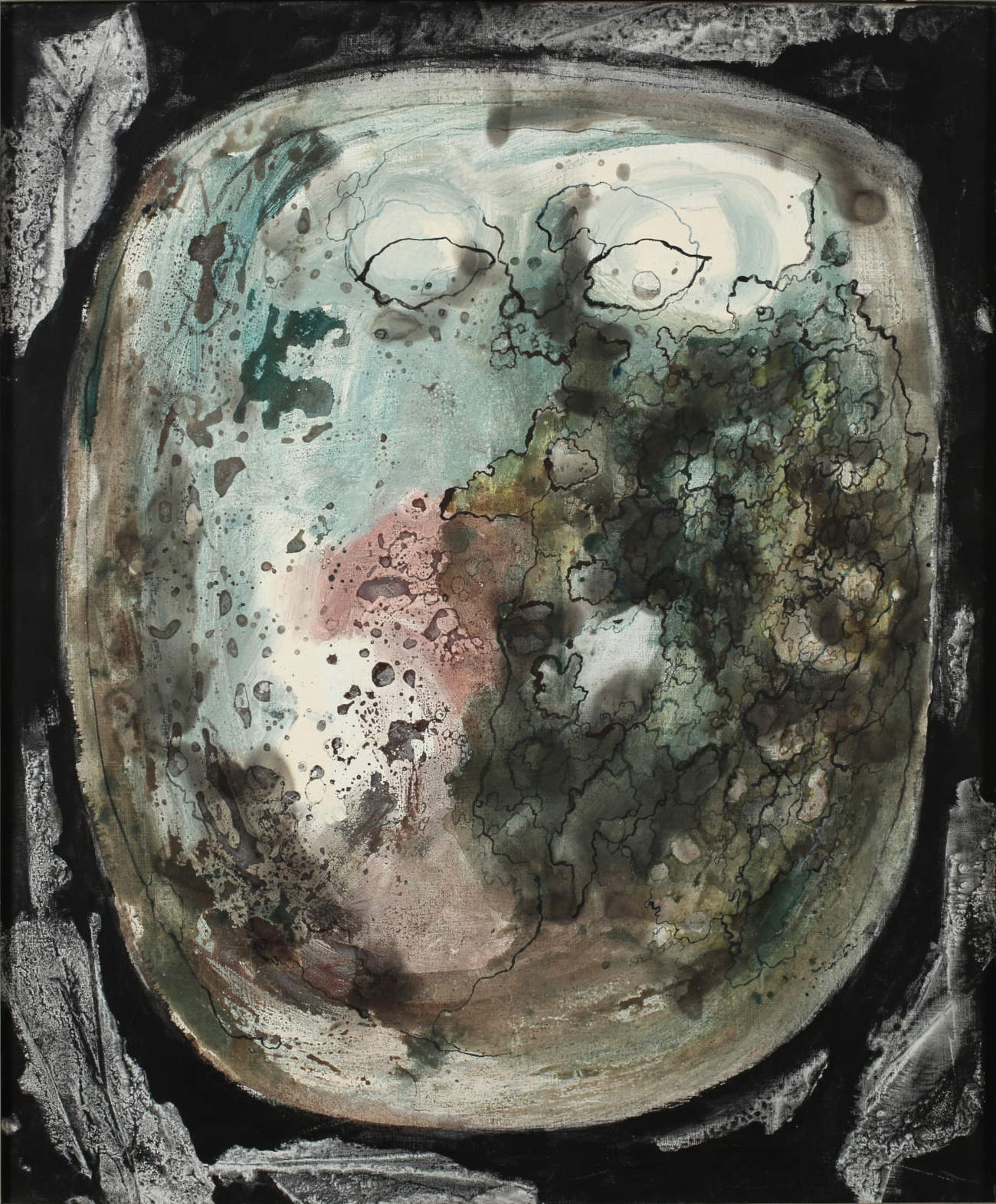
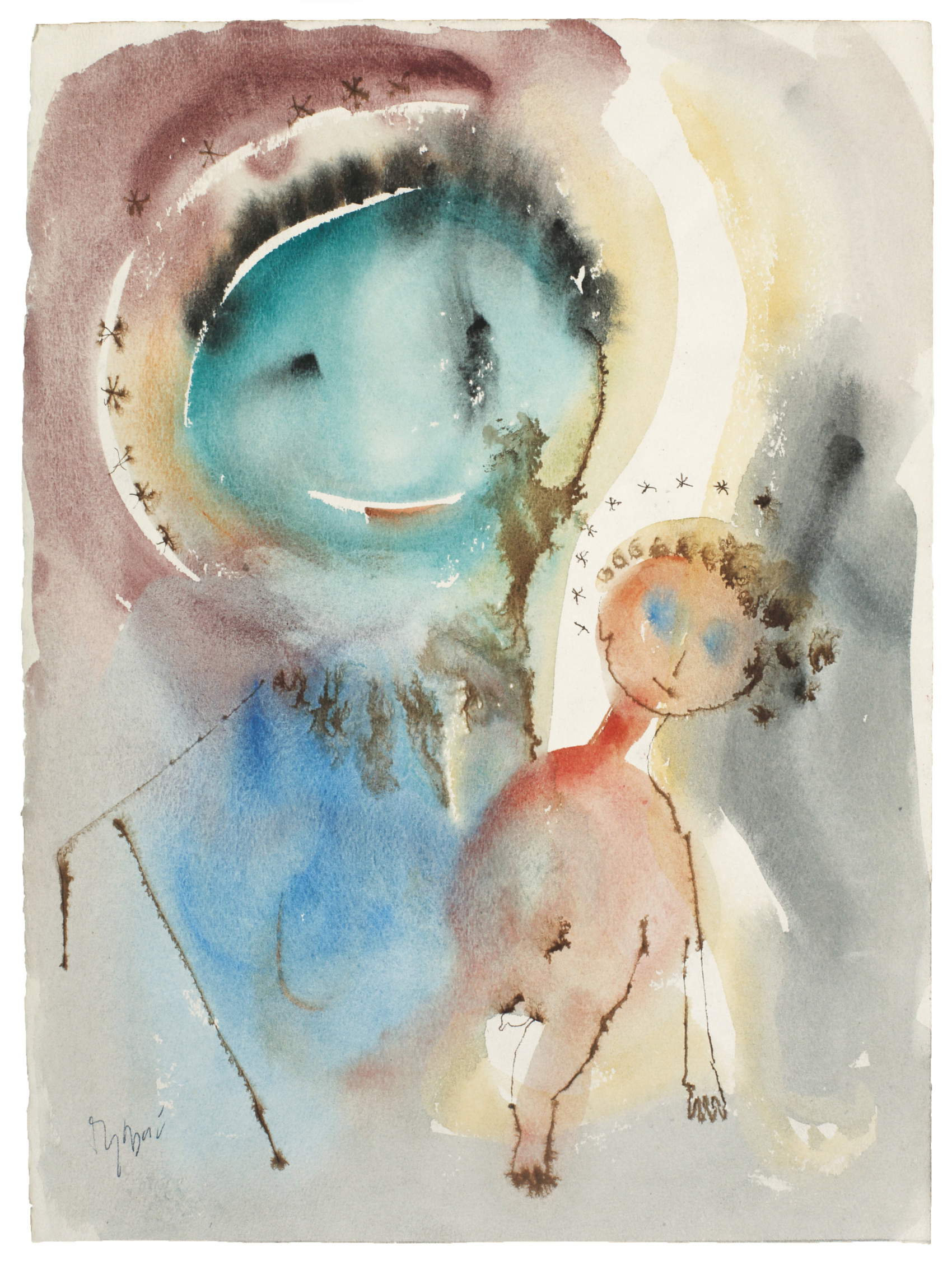
“The Accademia delle Arti del Disegno is particularly pleased to host the retrospective exhibition of Slavko Kopač, an international painter with a strong innovative charge. The Croatian artist deserves to be remembered and recognized especially in Florence, the city that contributed to his education during the difficult years marked by the war,” said Cristina Acidini, president of the Accademia delle Arti del Disegno.
“A major retrospective dedicated to an enigmatic and fundamental artist of the twentieth century, dedicated to ”Slavko Kopač that is not only a tribute to a great artist, but is an opportunity for our city to strengthen its role as a center of excellence and international cultural dialogue," said Councillor for Culture Giovanni Bettarini. “The figure of Slavko Kopač was central to the post-World War II art scene: he shaped a unique visual language and contributed decisively to the birth and promotion of Art Brut , working closely with such luminaries as Jean Dubuffet and André Breton. His return to Florence, after his solo exhibition in 1945, is a moment of great significance, a bridge between his Florentine past and his later achievement in Paris.”
“It is a great honor and pleasure for the ArtRencontre Association to present the artistic legacy of Slavko Kopač in Florence, the city where he studied and experienced his artistic liberation. Kopač always carried Florence in his heart. He said, ”This purification of mine, if we can call it that, began in Italy. I was there during the war, there was a group of people, artists, painters, intelligent people studying scientific subjects and other great things . Florence was a living center from which great reflections and debates flowed. Every day we would meet in the shadow of the Baptistery in front of the Duomo, spending hours and hours talking. It all started here," commented Tamara Floričič, ArtRencontre Association.
“The Florence Academy of Fine Arts is particularly happy to participate in the exhibition dedicated to the artist Slavko Kopac, a student in the painting class from 1942 and a pupil of President Felice Carena until 1948, appreciated by the entire academic world and particularly supported by Ugo Colacicchi even in his first professional steps,” added Gaia Bindi, Director of the Florence Academy of Fine Arts.
Hours: Tuesday through Sunday from 10 a.m. to 1 p.m. and 3 p.m. to 7 p.m.
Closed Mondays. Free admission.
 |
| Florence hosts first major retrospective in Italy dedicated to French-Croatian artist Slavko Kopač |
Warning: the translation into English of the original Italian article was created using automatic tools. We undertake to review all articles, but we do not guarantee the total absence of inaccuracies in the translation due to the program. You can find the original by clicking on the ITA button. If you find any mistake,please contact us.